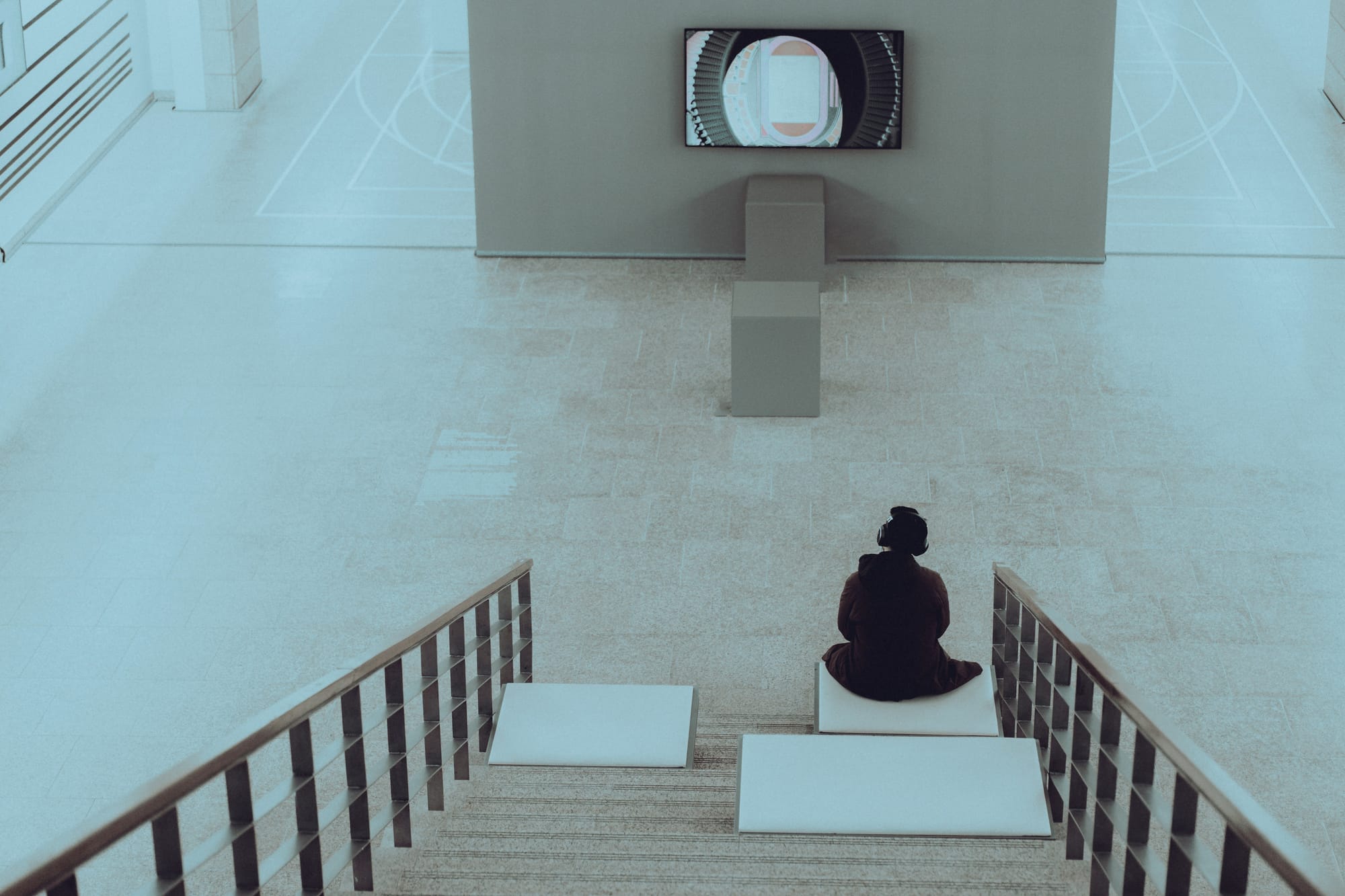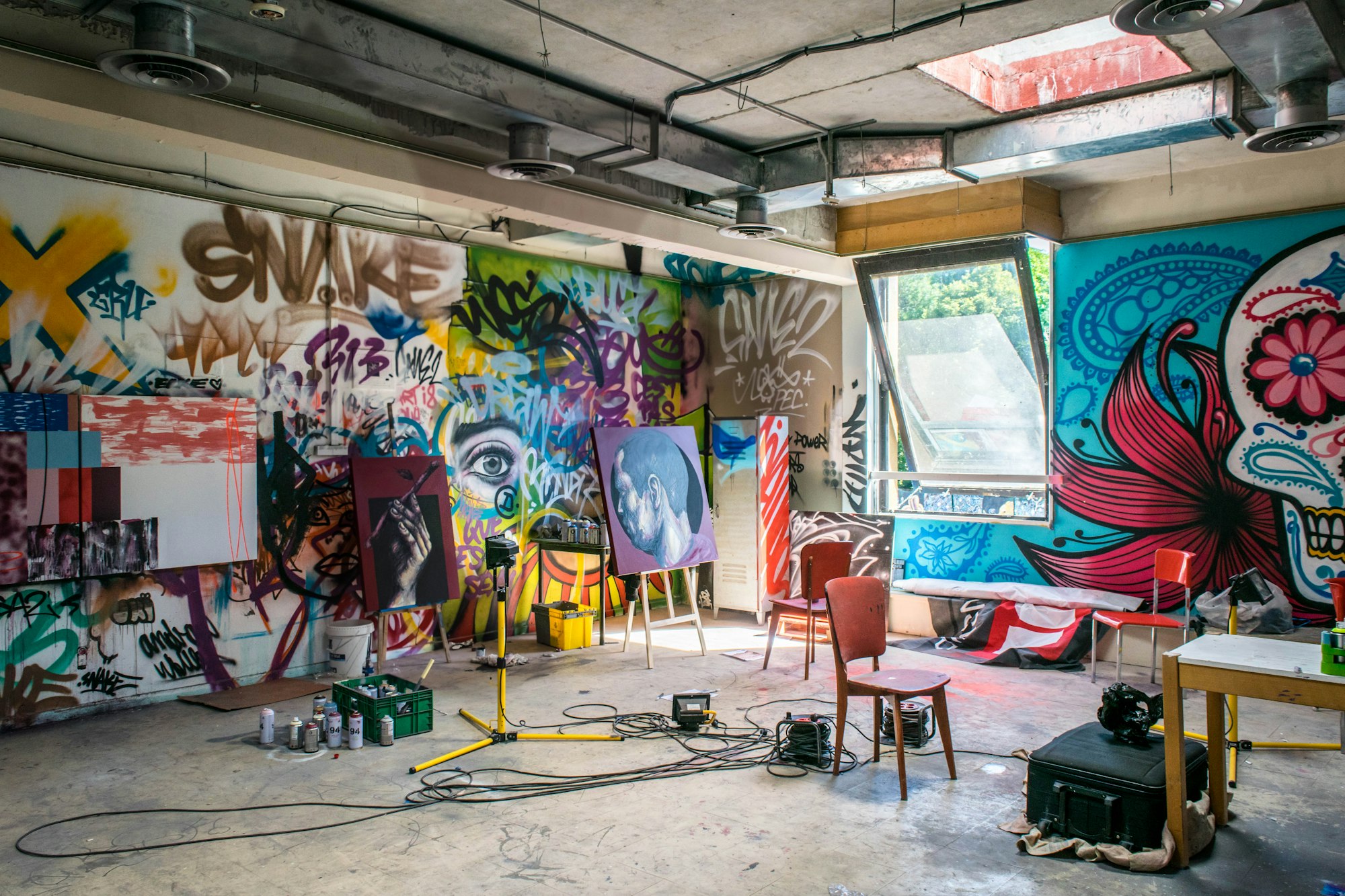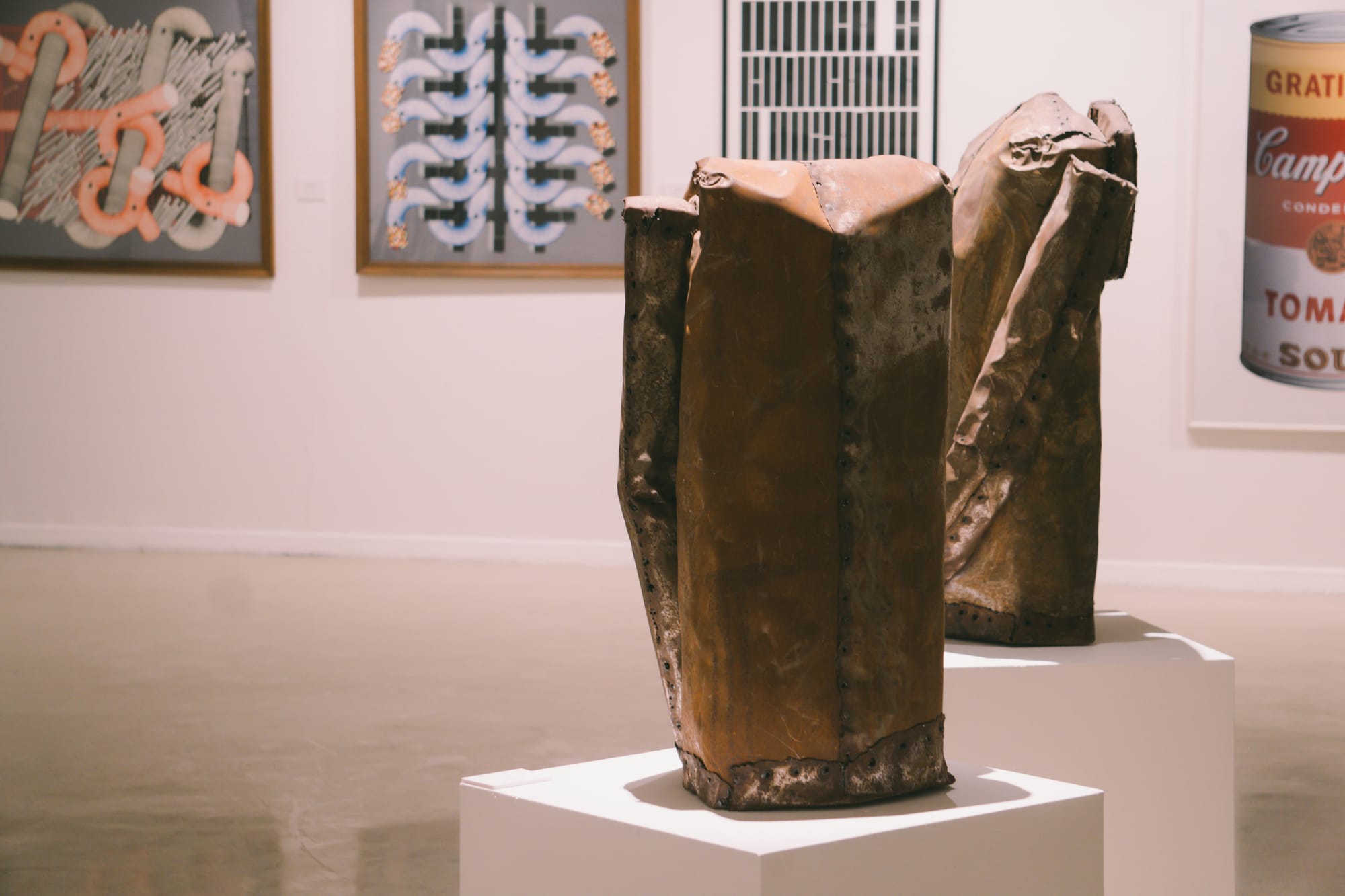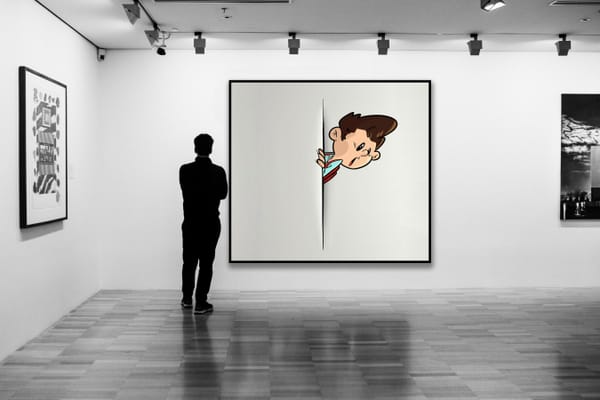The Arts Are in Crisis: Can Private Sponsors Step In to Save Them?
What happens when the lights dim in theaters, museums close their doors, and artists lose their stage?

Across the globe, public arts funding is in decline. In Finland, arts and culture budgets face a €17.4 million cut, with theaters, orchestras, and museums bearing the brunt of the reductions. The United Kingdom has seen a £236 million drop in arts funding over a decade, leading to library closures and reduced programming at cultural institutions. Meanwhile, in the United States, federal funding for the National Endowment for the Arts has remained stagnant despite inflation, leaving smaller organizations to fend for themselves.
This financial reality is forcing cultural institutions to make tough choices: museums cancel exhibitions, local theaters scrap productions, and grants for emerging artists are drying up. In Germany, where arts funding has historically been robust, discussions of budget reallocation have raised concerns about whether the arts will maintain their prominence in public life. The crisis is global, and its effects are devastating.

Private Sponsors: A Lifeline or a Compromise?
In this bleak landscape, private sponsorships are becoming essential. Corporations, foundations, and wealthy donors are stepping in to fill the gap. For cultural institutions, these partnerships offer financial stability. For sponsors, they bring visibility and prestige.
However, the ethics of sponsorship are a growing concern. High-profile controversies have shown the risks of reliance on corporate backers. The British Museum faced backlash for its association with BP, while U.S. institutions distanced themselves from the Sackler family after public outcry over their links to the opioid crisis. These cases highlight a troubling question: Can art remain independent when funding comes with strings attached?
Sponsorships can also shape the kinds of projects that receive support. Will sponsors prioritize blockbuster exhibitions over experimental works? Will smaller or politically charged voices be drowned out in favor of marketable content? The fear is real, and it underscores the need for a balance between financial support and artistic freedom.
Lessons from the First Wave of Cuts
During the 2008 financial crisis, museums and galleries leaned heavily on corporate sponsors. While these partnerships helped institutions weather the storm, they revealed vulnerabilities. Short-term sponsorships often left organizations scrambling when funding disappeared, creating cycles of instability.
Today’s funding cuts are deeper, and the reliance on private sponsors is growing. Institutions must learn from past mistakes, emphasizing long-term partnerships and building ethical funding frameworks.
ART Academy Pick's:


A Path Forward: Balancing Ethics and Sustainability
If private sponsorships are to play a central role in the arts’ future, clear guidelines and innovative models are essential.
- Establish Ethical Policies
Institutions need transparent guidelines about who they will and won’t partner with. Rejecting funding from industries like fossil fuels or arms manufacturing can maintain public trust while aligning with cultural values. - Foster Long-Term Partnerships
Multi-year agreements with sponsors provide stability and reduce the volatility that one-off donations create. - Engage Communities
Crowdfunding and small-scale local sponsorships can complement major donations, ensuring that funding reflects the community’s needs and values. - Incorporate Foundations
Philanthropic foundations can focus on experimental or underserved projects, safeguarding diversity in the arts. - Leverage Technology
Digital platforms for micro-donations or memberships can create a more democratized funding structure, where audiences directly support the cultural institutions they value.

Why Art Needs Sponsors Now More Than Ever
Art is more than entertainment—it’s a reflection of humanity, a way of documenting our struggles, joys, and dreams. When public funding diminishes, there’s a risk that culture will become a luxury for the privileged rather than a shared resource for all. Private sponsors, when engaged ethically, offer a lifeline to ensure that art remains accessible and vibrant.
Yet, private sponsorship is not a cure-all. Governments must continue to play a role in supporting the arts, ensuring that funding doesn’t rely solely on corporate interests. A balanced approach—blending public and private funding—offers the best chance for a sustainable cultural future.
The arts need support now more than ever. Whether through advocacy for public funding or partnerships with ethical sponsors, the time to act is now. The stakes couldn’t be higher: Will we rise to preserve the arts, or let cultural heritage fade into a luxury of the past?
ART Walkway News
ART History Pick:







